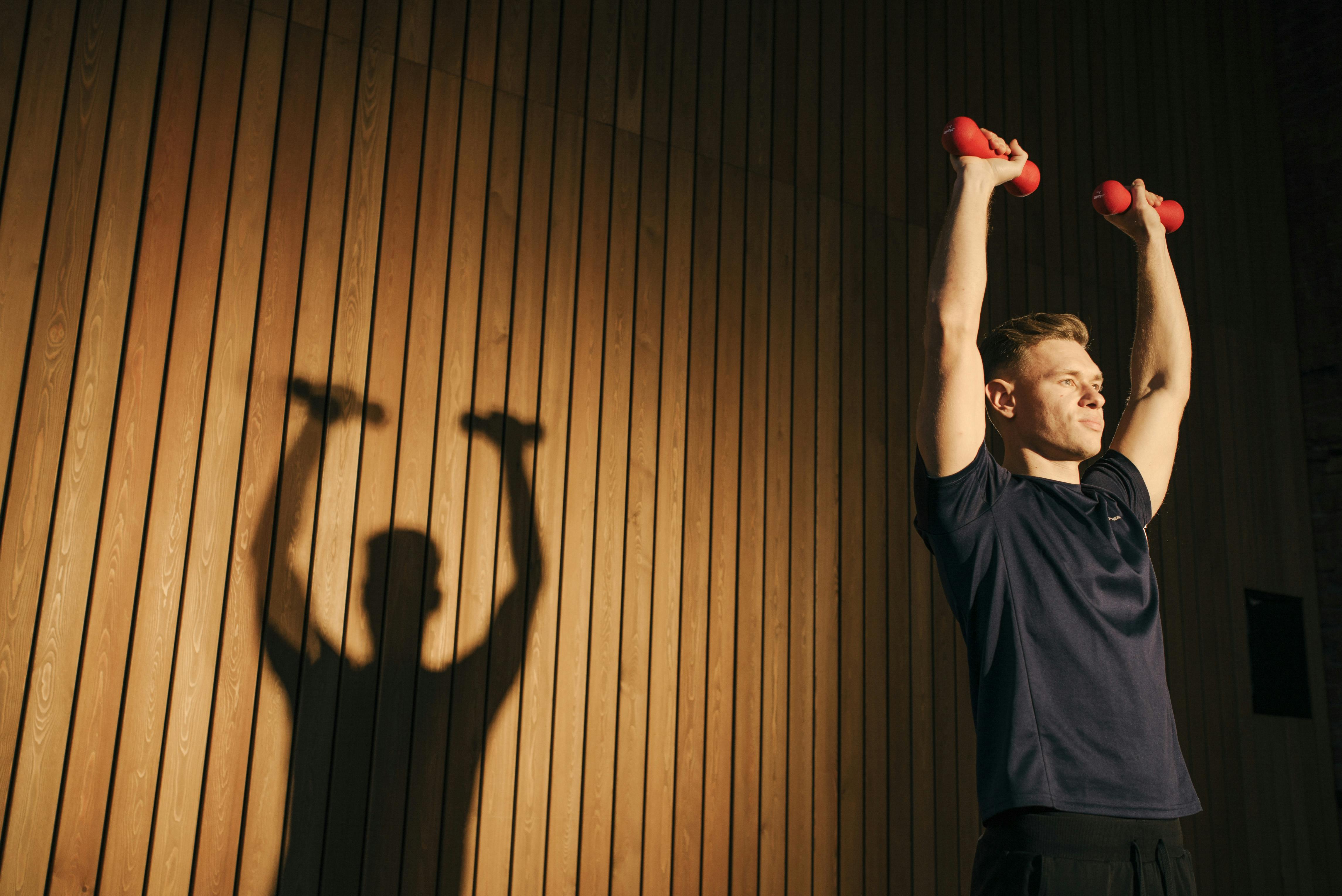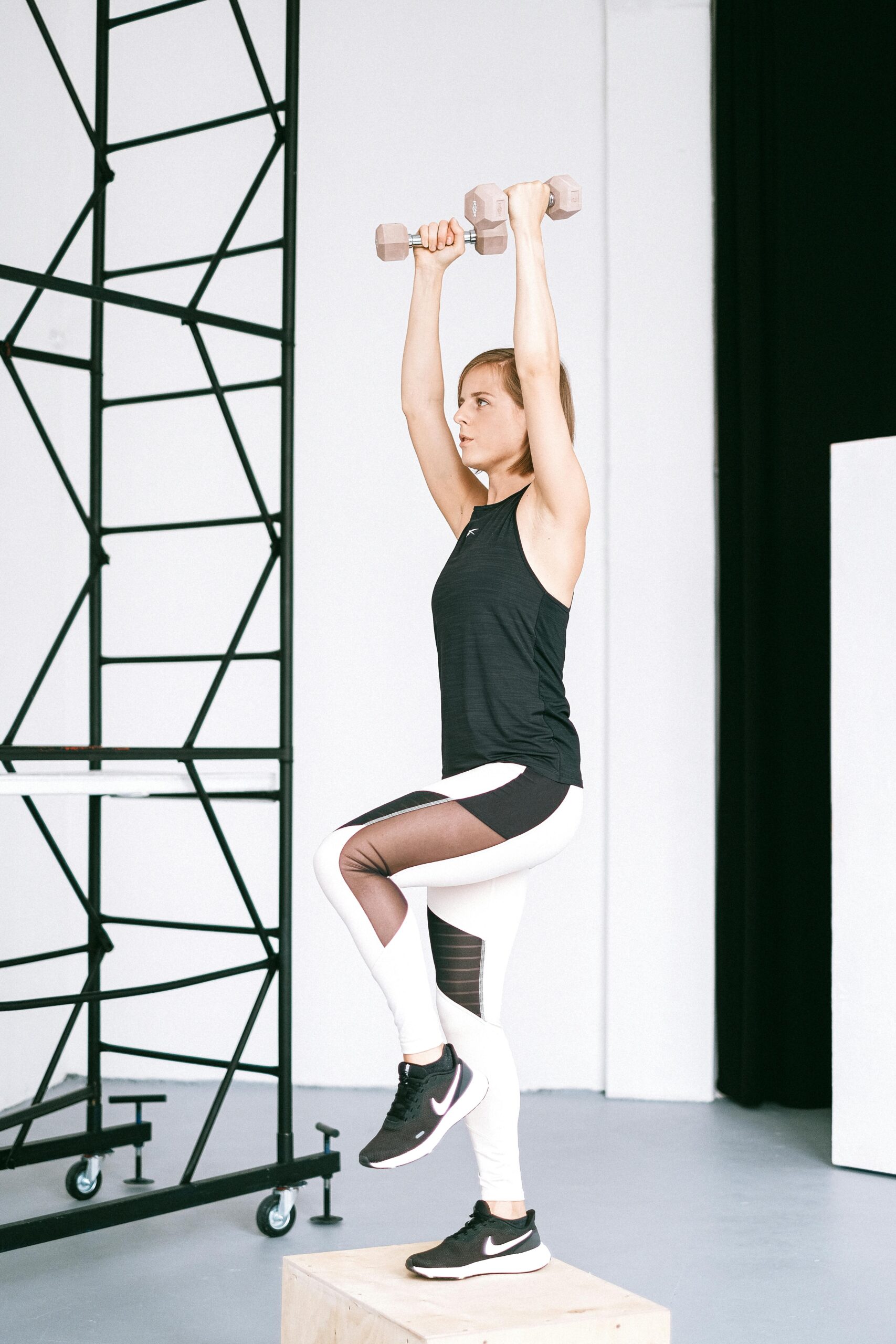Best 7 Dumbbell Lateral Raise Techniques for Effective Muscle Growth in 2025
In the quest for effective muscle growth, shoulder exercises often take center stage, with the dumbbell lateral raise being a primary favorite among fitness enthusiasts and athletes alike. This simple yet powerful exercise primarily targets the deltoids and is crucial for developing well-defined shoulders that not only contribute to aesthetics but also enhance upper body strength. Understanding the nuances of this exercise is essential for maximizing results and preventing injuries, especially as we embrace new fitness trends for 2025.
In this article, we’ll explore the best seven techniques for executing the dumbbell lateral raise effectively. We’ll discuss the importance of proper form, variations, and how to integrate the movement into your workouts, whether you’re at the gym or training at home. This comprehensive guide will not only support muscle hypertrophy but also offer insights into improving your overall fitness regime.
The key takeaways will include practical tips for safe practice, recommendations for frequency and intensity, and the essential role of technique in building muscle strength. Let’s dive into these techniques that promise to elevate your shoulder training routine!
Essential Techniques for Proper Dumbbell Lateral Raises
Understanding the Basics of Lateral Raises
Before diving into advanced techniques, it’s crucial to master the fundamental aspects of lateral raises. The lateral raise is performed by raising weights to the side while maintaining a slight bend in the elbows. This action isolates the lateral deltoid muscles, enhancing shoulder width and stability.
To execute this movement effectively, stand tall with your feet shoulder-width apart, while holding a dumbbell in each hand. The lift should be controlled and deliberate, focusing on using your shoulder muscles rather than momentum or other muscle groups.
With its ability to build muscular endurance and definition, the lateral raise can be integrated into both strength and hypertrophy-centered training plans. This connects to our next focus: adjusting your technique for varied goals.
Adjusting Technique for Muscle Hypertrophy
When aiming for muscle hypertrophy, the importance of weight selection and repetition ranges cannot be overstated. Typically, working with a weight that allows for 8-12 repetitions per set challenges the muscles while promoting growth. Incorporating variations like drop sets—where you decrease the weight after reaching failure—can further induce muscle fatigue, leading to enhanced growth.
Additionally, maintaining a slow and controlled tempo during the raise can significantly increase tension time on the muscles, contributing to better hypertrophy outcomes. When feeling comfortable with weight, slight increases can encourage continual progress.
The focus on growth leads us to how we can incorporate other training techniques to enhance this exercise further.
Incorporating Progressive Overload
Progressive overload is vital in any strength training program, ensuring that muscles are consistently pushed beyond their comfort levels. For dumbbell lateral raises, this can mean increasing weights, adding extra repetitions, or shortening rest periods between sets.
Tracking your progress through a training journal or a fitness app can enhance motivation and accountability, while clearly defined fitness goals provide direction. This continual assessment not only aids in muscle growth but also helps in refining technique.
Now that we’ve discussed the foundational aspects, let’s explore popular variations of the lateral raise.
Top 7 Variations of Dumbbell Lateral Raises
Seated Dumbbell Lateral Raise
Sitting while performing lateral raises can help eliminate momentum, making each repetition more effective. This variation places your core in a stable position, promoting better focus on the shoulder muscles throughout the movement.
By ensuring your back is straight and shoulders are relaxed, you maximize tension on the deltoids while minimizing strain on the back. This approach is ideal for those looking to perfect their form and isn’t just for beginners—advanced athletes can also benefit significantly.
Bent-Over Dumbbell Lateral Raise
The bent-over variant engages both the middle and rear deltoids, enhancing muscle balance. In this position, the angle allows for a greater range of motion, particularly effective for muscle definition and joint health.
To perform this exercise: bend at the hips, keeping your back flat, and lift the dumbbells to the side. Ensure your movements are slow and controlled to avoid straining your lower back.

Single-Arm Dumbbell Lateral Raise
This variation allows for focusing on one side at a time, enhancing muscle activation and correcting imbalances between your shoulders. Concentrating on one arm prevents reliance on momentum and encourages mind-muscle connection.
While performing, consider using your non-lifting arm to brace yourself against a wall or bench for additional stability. It’s an effective way to ensure controlled and precise movements.
Incline Dumbbell Lateral Raise
By utilizing an incline bench during lateral raises, you add a unique angle that emphasizes different areas of the deltoid muscles. This variation helps to considerably challenge the muscles while reducing the risks of shoulder injuries.
Lie sideways on the bench, holding a dumbbell with the top arm, then lift toward the ceiling in a controlled manner. Incorporating this variation weekly can significantly boost your shoulder workout’s effectiveness.
Resistance Band Lateral Raise
For those who prefer bodyweight or resistance training at home, resistance bands can be a fantastic alternative. This variation not only provides consistent tension throughout the movement but also aids in improving shoulder stability.
Attach the band to a stable object, step back until it’s taut, and perform lateral raises as if using dumbbells. The unique resistance pattern can foster growth in muscle endurance and strength.

Plate Lateral Raise
Instead of using dumbbells, holding a weight plate can change the dynamics of this exercise. This variation increases grip strength and engages your core due to the required stabilization during the raise.
Simply hold a weight plate with both hands in front of you and lift it out to the sides. This engages more muscle groups, promoting overall athleticism and coordination.
Smart Integration into Training Routines
When incorporating dumbbell lateral raises into your training regimen, it’s essential to balance them with other exercises targeting different muscle groups. This holistic approach prevents overtraining and ensures muscle balance, particularly in an upper body routine.
Aiming for two to three sessions per week, it’s vital to listen to your body, adjusting training frequency and intensity based on how you feel. With these smart integrations, you’ll maximize muscle growth and maintain healthy shoulder joints.
Conclusion: Optimizing Your Dumbbell Lateral Raises
Maximizing the benefits of dumbbell lateral raises involves understanding proper techniques, exploring variations, and implementing a structured approach to training. Whether at the gym or during home workouts, focusing on muscle isolation, control, and progressive overload will pave the way for effective muscle growth.
Remember, optimal results stem from effective form, correct weight selection, and consistent training practices aligned with your fitness goals. Stay engaged with your body, adapt your training, and continue to prioritize recovery to see fantastic progress in your muscle development.
For more on fitness topics and innovative training techniques, visit this guide or explore additional resources tailored to elevate your health journey.
